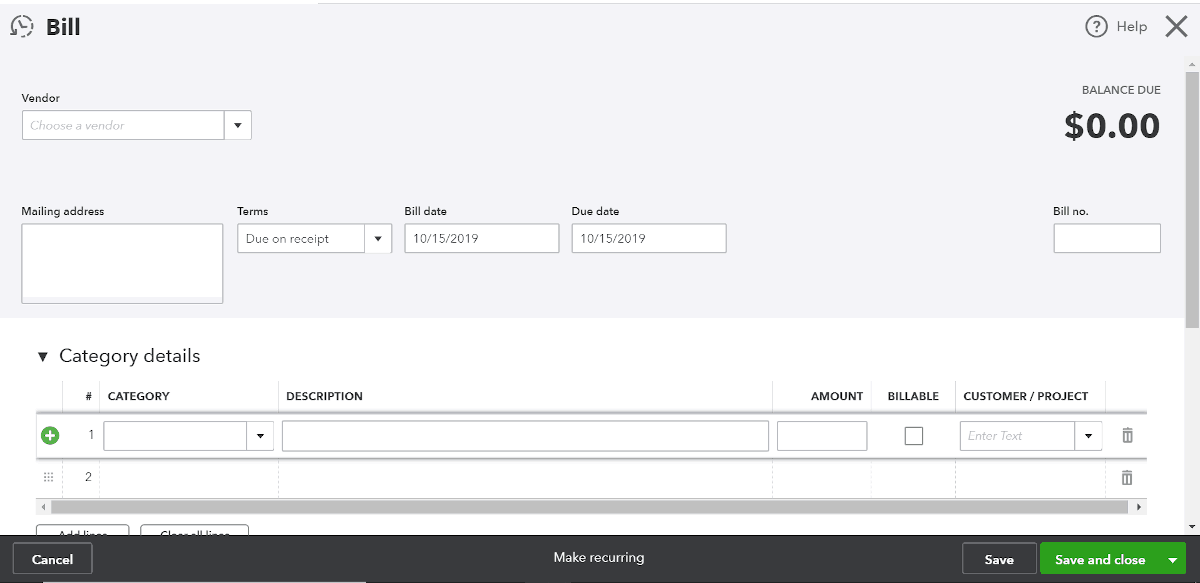
Then, when writing checks or entering bills for reimbursable expenses, instead of using the Expenses tab, click the Items tab and select the item just created. Fill in the item with the desired COGS account in the left hand box, and desired revenue account in the right hand box. Click the box that says, “This item is used in assemblies or is a reimbursable charge.” This sets up the item so it can be used effectively on the Write Checks/Enter Bills screen, and the Invoice screen. Method 3 – The Items Tab Method: Go to the Items list, and create a new Other Charge item. If it is necessary to post to a COGS account, follow Method 3. Because of this, this method should never be used under any circumstances. In other words, these will remain, forever, on the Unbilled Costs report ,and can never be dropped into a customer’s invoice. Unlike with Method 1, notice that the column along the far right side cannot be checked.īehind-the-Scenes Details of this Method: It creates unbillable “Unbilled Costs.” These will show on the Unbilled Costs report, but when the Time/Costs button is clicked on the Invoice screen, they do not appear in that window. Instead of selecting an expense account, select a COGS account. Method 2 – The Expense Tab/Cost Account Method: Similar to Method 1, click the Expenses tab from the Write Checks or Enter Bills screen when entering an expense for a customer. If users want this – if users do not want the reimbursed expense to be recorded as income, then this method should be used.

This lowers the expense account rather than increasing a sales/revenue account. Behind-the-Scenes Details of this Method: Using this method causes the expense account to be credited when the invoice is generated for the customer.


 0 kommentar(er)
0 kommentar(er)
